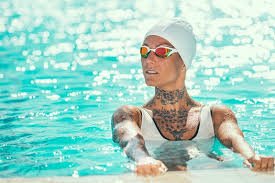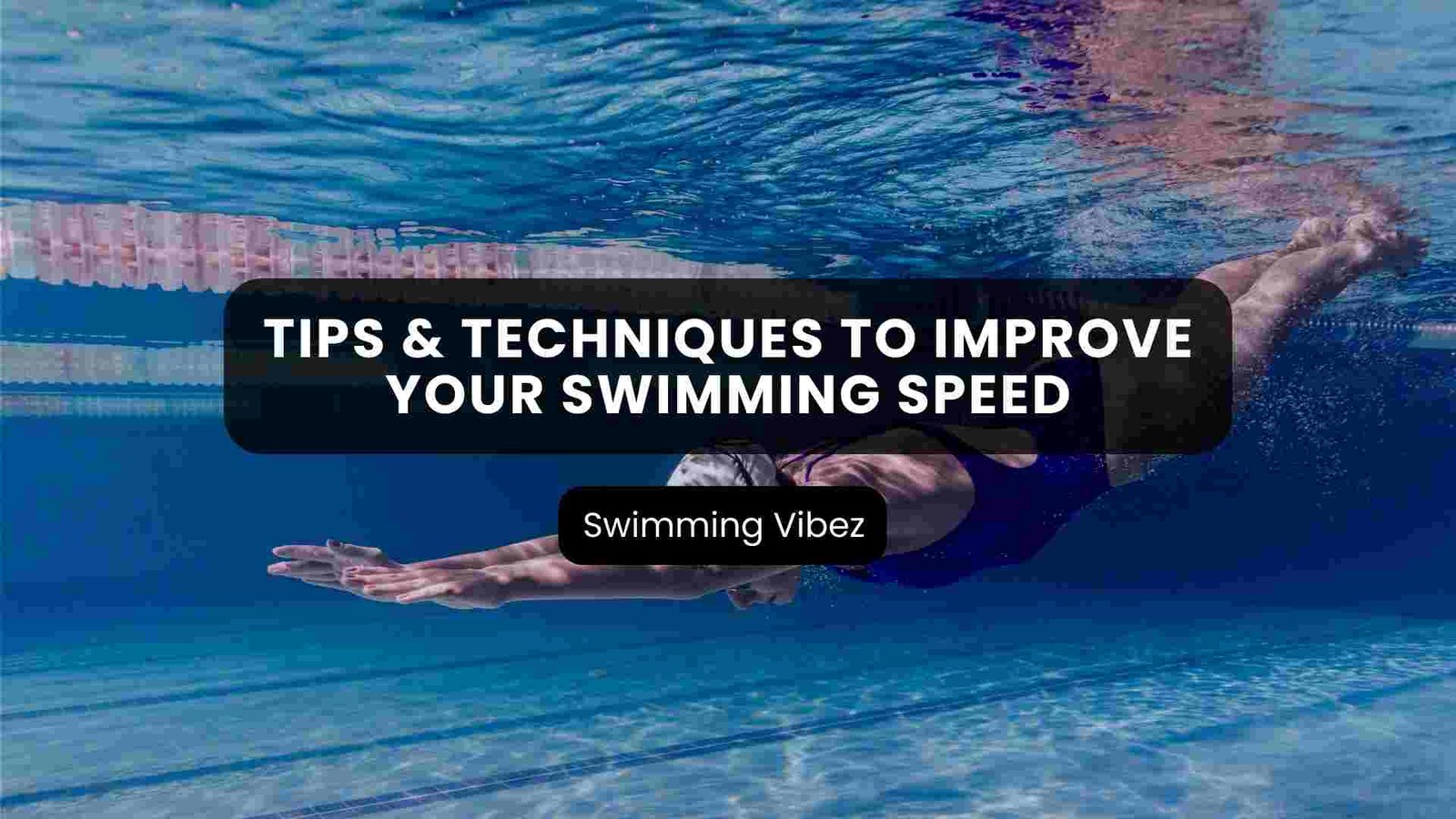Swimming laps are a versatile and effective way to improve cardiovascular fitness and overall strength. Whether you aim to build endurance, increase speed, refine technique, or challenge yourself with endurance workouts, lap swimming offers a range of benefits for swimmers of all levels. Understanding the basics, such as the definition of a lap and the variety of workout types available, sets the foundation for a safe and rewarding swimming experience. Additionally, being aware of safety considerations, common mistakes to avoid, and tips for maximizing performance ensures a well-rounded approach to lap swimming for anyone diving into the pool.
What Is A Lap In Swimming?
A lap is the distance from one end of the pool to the other and back. This distance can vary depending on the pool’s size, with standard pools typically being 25 or 50 meters long. In Olympic-sized pools, a lap is usually 50 meters. However, in smaller pools, such as those found in high schools or recreation centers, a lap may be shorter, such as 25 meters.
Completing a lap means swimming from one end of the pool to the other and returning to the starting point. In races or timed trials, swimmers compete to complete multiple laps as quickly as possible, with each lap adding to their overall distance covered.
4 Types of Lap Swimming Workouts
There are four major types of lap swimming workouts, but the workouts vary to target different goals: Distance swims build endurance gradually with set goals and breaks; interval training boosts speed and endurance through alternating intense efforts and rest; technique-focused sessions refine stroke mechanics with targeted drills; and endurance challenges test mental and physical toughness, preparing swimmers for longer events.
1. Distance Swim
This workout is great for gradually building up your endurance and stamina. By setting a specific distance goal, you give yourself a target to work towards, which can be very motivating. As you swim continuously, your body adapts to sustained effort, improving cardiovascular fitness and muscular endurance. Taking breaks when needed allows you to catch your breath and maintain good form, ensuring you can swim efficiently for the entire distance. Over time, you’ll be able to cover longer distances with greater ease, making this workout ideal for anyone looking to improve their swimming ability.
2. Interval Training
Interval training is a fantastic way to boost both your speed and endurance. By alternating between intense bursts of swimming and periods of rest or slower swimming, you challenge your cardiovascular system and improve your body’s ability to recover quickly. Swimming at maximum effort during the fast intervals helps improve your anaerobic fitness, while the recovery periods allow you to catch your breath and maintain form. This type of workout is particularly effective for competitive swimmers looking to shave seconds off their race times. Still, it’s also beneficial for recreational swimmers wanting to improve their overall fitness level.
3. Technique Focus
Perfecting your swimming technique is crucial for becoming a more efficient and skilled swimmer. Focusing on one aspect of your stroke at a time allows you to break down the movement and make targeted improvements. For example, if you’re working on your arm movement, you might incorporate catch-up drills or fingertip drag to help you become more aware of your arm positioning and propulsion. Similarly, if you’re focusing on kicking technique, drills like flutter kicks with a kickboard can help you develop more robust and more coordinated leg movements. By dedicating your entire swim session to technique work, you allow yourself to make significant progress and ingrain good habits that will benefit you in the long run.
4. Endurance Challenge
Swimming for an extended period of time without breaks is a demanding yet rewarding workout that builds physical and mental toughness. Setting a time goal pushes you to maintain a consistent pace and stay focused throughout the swim. You’ll face fatigue and discomfort as you swim, but going through these challenges helps strengthen your resolve and build resilience. Endurance challenges are excellent preparation for longer swims or competitions where mental endurance is just as important as physical fitness. Additionally, they provide a sense of accomplishment and confidence in your ability to tackle tough workouts and achieve your goals in the pool.
How Many Swimming Pool Laps In A Mile?
The number of swimming pool laps in a mile depends on the pool’s size. A standard Olympic-size pool, which is 50 meters long, requires approximately 30 laps. A 25-meter pool, common in many recreational centers, needs around 60 laps. However, a 25-yard pool, typical in many American facilities, requires about 70. Adjusting for different pool lengths helps maintain consistency in training distances across various facilities.
Safety Considerations for Lap Swimmers
- Swim in Designated Areas: You should swim only in places where it’s allowed and safe. These areas are expressly set up for swimming.
- Know Your Limits: Understand how well you can swim, and don’t push yourself too hard. If you get tired, it’s okay to take a break.
- Buddy Up: Swim with a friend or someone who can help if you get into trouble. It’s safer to swim with someone else rather than alone.
- Follow Pool Rules: Pools have rules for a reason. They’re there to keep everyone safe. Make sure you know and follow these rules.
- Stay Hydrated: Drink water before and after swimming. Even though you’re surrounded by water, your body still needs water to stay healthy.
- Wear Sun Protection: If you’re swimming outdoors, protect your skin from the sun with sunscreen, a hat, and sunglasses. Sunburn can happen even when you’re in the water.
Common Mistakes to Avoid When Doing a Lap Swim
Certainly! Here are some common mistakes to avoid when doing a lap swim:
- Poor Body Position: Keeping your body too low in the water or letting your hips and legs sink can cause drag and slow you down. Aim to keep your body parallel to the surface in a straight, streamlined position.
- Incorrect Breathing Technique: Holding your breath or taking shallow breaths can lead to fatigue and affect your performance. Practice rhythmic breathing by inhaling your mouth and exhaling through your nose or mouth while turning your head to the side.
- Overreaching: Stretching too far with each stroke may seem beneficial but can lead to strain and inefficiency. Focus on a smooth, controlled stroke with a high elbow catch to maintain momentum without overexerting yourself.
- Kicking Too Hard: While strong kicks are essential, excessive kicking can waste energy and cause fatigue. Aim for a steady, rhythmic kick from your hips, keeping your legs relaxed and streamlined.
- Ignoring Technique: Many swimmers focus solely on speed and distance without paying attention to proper technique. Work on drills to improve your stroke mechanics, such as catch-up drills, fingertip drags, or single-arm drills.
- Skipping Warm-Up & Cool-Down: Neglecting to warm up properly before swimming can lead to injury, while skipping the cool-down can result in muscle soreness. Spend a few minutes doing dynamic stretches and easy laps to prepare your body before diving into intense sets, and cool down with gentle swimming and stretching afterward.
- Not Using Equipment Correctly: Swimming aids like kickboards, pull buoys, or fins can help improve technique and strength, but misusing them can hinder progress. Ensure you understand how to use each piece of equipment effectively and strategically integrate it into your workouts.
- Ignoring Rest and Recovery: Pushing yourself too hard without adequate rest can lead to burnout and overtraining. Incorporate rest days into your training schedule, and listen to your body’s signals to avoid injury and maintain long-term progress.
By avoiding these common mistakes and focusing on proper technique, consistency, and gradual progression, you can enhance your lap swimming experience and achieve your goals more effectively.






